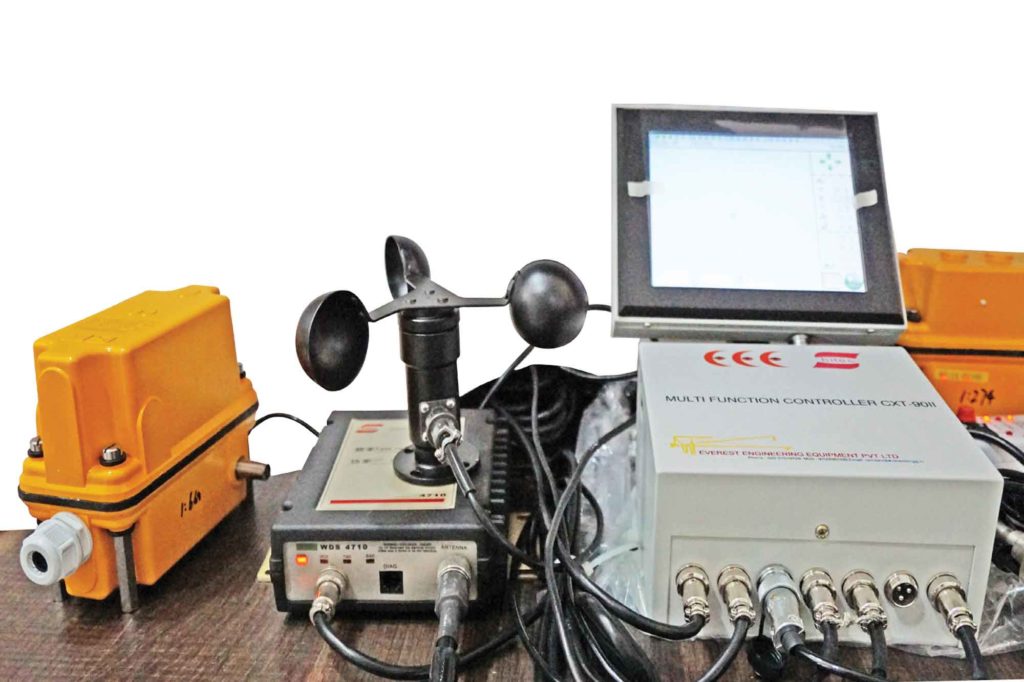P V Ramdev, Managing Director at Everest Engineering Equipment outlines the bottlenecks that need to be removed for a successful ”Make in India” mission
We welcome the much awaited decision of “Make in India” concept and its sincere implementation in next 10 years. This was supposed to be done in 1980’s when China started this. Still we can achieve this if the new government is able to turn down several hurdles one by one.
If we discuss about tower cranes and passenger hoist manufacturing, we are still following some other countries design standards. We do not have manufacturing plants suitable for this foreign design standards and sizes. So we have to import this raw material like angle steel, square tube etc. Therefore we have to start developing from the raw materials or we have standardised the design according to Indian standards and available materials in India. Similarly the tower crane mechanisms are still getting imported from China and other countries. At present India is a fabrication workshop with imported steel and mechanisms. To come out of it, we have to start developing our own design according to the Indian standard raw materials, own mechanism, own slew rings and own joystick controls. Even the multiple cam limit switches, crane duty multiple pole motors and forced cooling VFD motors are not available in India.
The Bureau of Indian Standards does not have an updated design standard for tower crane and passenger hoist with latest technology. We do not have a specific safety standard for design, testing and using of such equipment. This indicates to start from the scratch.
Expectations of a manufacturer
Govt. has to identify and set up manufacturing zones near the cities with proper availability of electricity, water, roads and a welcome approach from the local bodies. To start manufacturing in India, we have to run behind several local bodies, state govt. offices and several central govt. offices. This lengthy procedure must be reduced.
Availability of trained workforce is increased and meeting the current requirement. But a manufacturer has to take care of employees’ PF, PT, WC policy, welfare fund etc. with lot of split accounts and paper work. We expect a single window, single account and single paper to deal all payments related to an employee through latest software developed by govt.
A manufacturer has to pass through Excise, local sales tax, central sales tax, LBT, Octroi, Income tax and TDS etc. These taxes altogether will come about 30 per cent on the equipment cost. The complications on each tax are so high and each manufacturer has to spend lot of man power, papers to manage this govt. taxes. If the govt. works seriously to reach single window single paper for all the above taxes through newly developed software, then nobody can stop the pace of India.
Over and above, a manufacturer has another 30 – 35 per cent expenses for transportations, advertisement, sales, service, warranty parts, distributor commissions etc. So we can image at what price the customer can get this equipment!
The settlement of economical offences does not have any time frame in India. It can be life-long and the accused will attain his life span without any recovery and/or punishment. Now the govt. has to change the law and specify the exact time frame for the settlement and/or punishment of economical offence like 6 months to 1 year maximum. Quick response and decisions are another requirement to succeed “Make in India”.n
P V Ramdev,
Managing Director, Everest Engineering Equipment Pvt. Ltd.
Cookie Consent
We use cookies to personalize your experience. By continuing to visit this website you agree to our Terms & Conditions, Privacy Policy and Cookie Policy.















